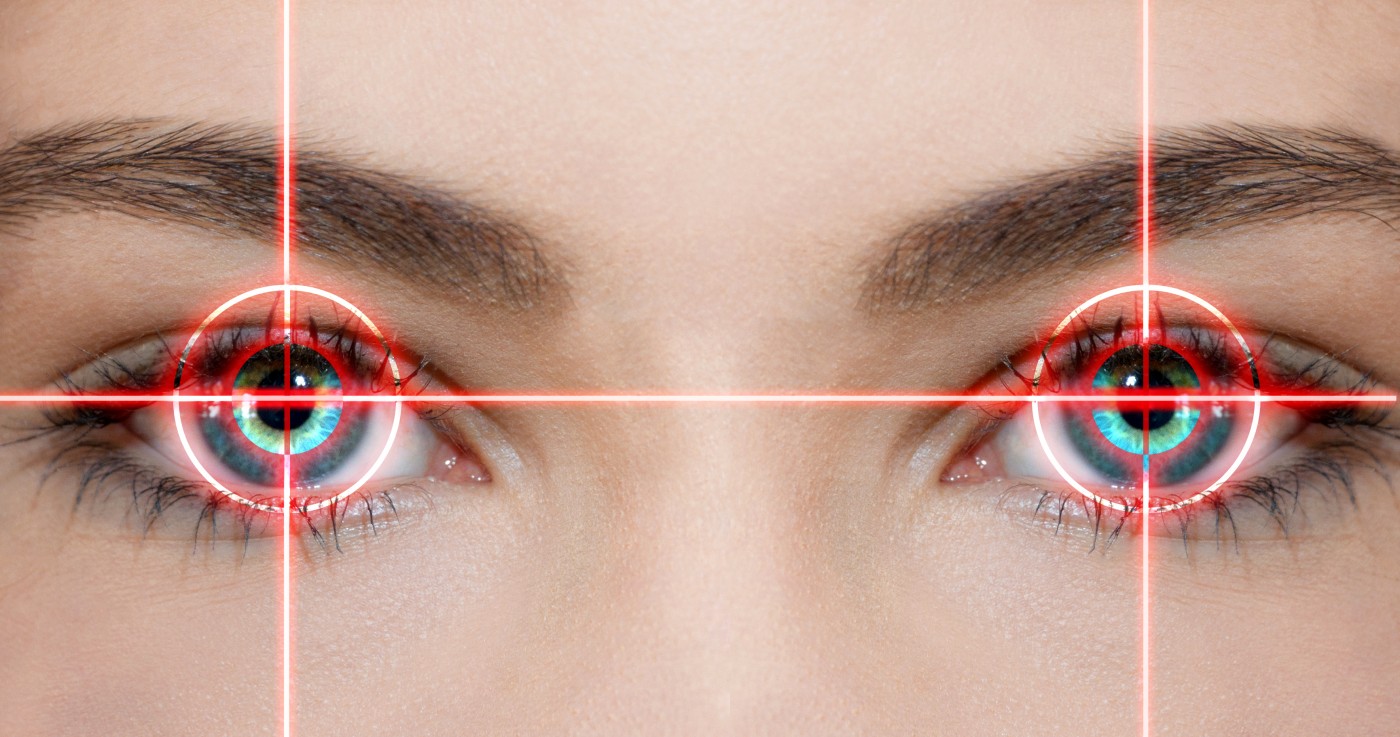Any moderate to severe eye injury (trauma) has to be treated with respect to the extent of damage caused. There are many aspects to eye injuries, like lens opacity, capsule damage, zonular loss, vitreous prolapse, iris damage, induced glaucoma and more.
A stepwise approach involves stopping bleeding from the anterior chamber of the eye (hyphema), if any. Scanning of the eye via B-scan ultrasonography and diffuse illumination is necessary to check for the extent of damage, rupture of the iris, pupil and the lens (including peaked pupil, iris/uveal prolapse, a collapsed anterior chamber, ocular hypotony, diffuse bloody chemosis or vitreous hemorrhage, which may indicate a ruptured globe).
Open globe injuries (those to the sclera and cornea) are healed within a period of 12 to 24 hours. When it comes to examining severe damages after initial healing, which in cases of iris damage and cataracts, needs implantation of an intra-ocular lens (IOL), it is mostly preferred to implant a posterior chamber lens which could be placed within the lens capsular sac or the ciliary sulcus (space between the posterior surface of the base of the iris and the anterior surface of the ciliary body).
Firstly, general anaesthesia is applied, followed by a small incision made in the anterior chamber (aqueous humour) to free the iris from the synechiae which holds it back to the lens capsule. A stain (trypan blue) is used to check for ruptures on the anterior membrane, and further, the corneal endothelium. The anterior lens is checked for appropriate positioning of the IOL. The IOL is then placed in the most suitable (anterior or posterior) part of the capsule.
The damages caused to the iris are then dealt with, sequentially. Restoring the pupil anatomy (mostly by the Siepser technique), treating iridodialysis (tearing away of the iris from the ciliary body) and administering antibiotics, steroids and painkillers within the affected area to keep the wound sterilized and free of infections, are done.
Hence, determining the severity of the condition and sequentially treating the issues holds the key in situations of iris damage and cataracts.


